The Astrophytum Super Kabuto is a fascinating cultivar known for its unique appearance and ease of care. It intrigues both novice and seasoned collectors of cacti alike. Have you ever wondered why some cacti captivate the heart while others simply fade into the background? This playful question highlights the allure of the Super Kabuto, which boasts distinctive characteristics and known challenges in cultivation. In this article, we will delve deep into its cultivation traits, ideal care conditions, and some tips that may sparkle your interest in growing this exceptional cactus.
Understanding the Astrophytum Super Kabuto’s Origins
The Astrophytum Super Kabuto hails from the arid landscapes of Mexico, particularly around the state of San Luis Potosí. This succulent is a member of the Cactaceae family and is renowned for its spherical shape embellished with white, fluffy areoles. It often features distinct variegation, resulting in a stunning appearance that can range in color from vibrant green to grey-green tones. The name “Kabuto” translates to “helmet” in Japanese, aptly describing the cactus’s domed top. What more could one ask for than a cactus that’s not only beautiful but also intriguing down to its name?
In its natural habitat, the Super Kabuto thrives in rocky, well-drained soils with minimal moisture. Understanding these habitats is vital for replicating its environmental needs in cultivation. Many cactus enthusiasts relish the challenge of recreating these conditions at home to achieve optimal growth. However, just like a puzzle, each piece—soil, light, water, and temperature—must fit perfectly to yield a healthy, thriving plant.
Features That Define the Super Kabuto
One of the most striking features of the Astrophytum Super Kabuto is its unique morphology. Unlike typical cacti, it has a smooth surface instead of spines, leading to its striking, almost otherworldly appearance. This lack of spines means that while it is less threatening—making it an excellent choice for beginners—it requires attentive handling since its surface is delicate.
Another notable characteristic is the star-shaped pattern created by its ribs. Generally, this cactus will feature around five to eight prominent ribs, each adorned with small, white dots known as areoles—essential for its photosynthesis and growth. Both the count of ribs and the presence of variegation can vary significantly, making the Super Kabuto a highly collectible specimen.
Care Requirements: What Makes the Super Kabuto Tick?
As with any plant, knowing how to care for the Astrophytum Super Kabuto is essential for successful cultivation. This cactus is relatively low-maintenance, which belies the satisfaction it provides. However, there are some specific conditions and requirements to ensure it thrives.
Optimal Light Exposure
The Super Kabuto thrives under bright, indirect sunlight. A south-facing window is often ideal, yet too much direct sunlight can scorch its delicate flesh. A brief flirtation with full sun during the morning hours is acceptable, but as the day progresses, it is wise to provide filtered light to prevent potential damage. Have you ever been caught under intense sun when the day was hotter than expected? Your Super Kabuto could feel the same if precautions aren’t taken.
Soil Composition: The Understated Hero
Utilizing a well-draining soil mix is crucial for the Super Kabuto. A combination of cactus mix with added perlite or pumice will ensure maximal drainage while providing adequate nutrition. A soil profile that retains minimal moisture strike a balance between hydration and earthiness, ensuring your cactus does not languish in soggy soil—something that can lead to root rot. Houseplant enthusiasts often overlook this subtlety while seeking to boost growth, but remember: drainage is key. Too much moisture can quickly become an adversary!
Watering: The Conundrum of Hydration
Watering can present a challenge for those growing the Super Kabuto. The delicate balance is paramount. It’s essential to allow the soil to dry out completely between waterings, especially during winter when the plant enters a dormant phase. A common mistake is overwatering, which can lead to disastrous consequences like root rot. On hot, sunny days, you might be tempted to increase irrigation frequency, but resist this urge! Assess the soil moisture levels instead. When confronted with the question of how often to water, it may require some trial and error before finding the perfect rhythm.
Temperature and Humidity Needs
This cactus enjoys warm, dry conditions. Ideal daytime temperatures range from 75°F to 90°F, while nighttime temperatures can drop to around 50°F. It’s pivotal to shield your Super Kabuto from frost, as it is not frost-tolerant. During the winter months, placing it indoors where temperatures remain stable can enhance its survival chances.
In terms of humidity, the Super Kabuto prefers lower humidity levels. High humidity can foster mold, which is not only unsightly but can threaten your cactus’s health. Utilizing a ventilated space allows constant airflow, helping to maintain an optimal environment.
Fertilizing: An Underappreciated Aspect
Fertilization plays an important role in ensuring growth vigor and health in the Astrophytum Super Kabuto. Using a diluted cactus fertilizer during the growing season—typically from spring to early autumn—will facilitate optimal nutrient uptake. Be cautious, as over-fertilization can burn the roots. A gentle application every four to six weeks is usually sufficient. When was the last time you considered the difference that a little nutrition could make? It’s easy to forget, yet this step can propel your cactus’s growth significantly.
Common Problems and Solutions: Awareness is Key
While the Super Kabuto is relatively hardy, it is not immune to the occasional challenge. Pests like mealybugs and aphids may take an interest in your plant, particularly if its conditions are less than ideal. A thorough inspection of its underbellies ensures early detection. Treat these problems promptly with appropriate horticultural oils or insecticidal soaps to discourage infestations.
Additionally, it may develop issues resulting from inadequate watering. Yellowing or mushy stems are not merely cosmetic signs; they often indicate an underlying problem. Learning to recognize these signals helps prepare you for potential challenges, leading to a healthier Super Kabuto.
Final Thoughts: A Journey Worth Taking
Growing the Astrophytum Super Kabuto is a fulfilling endeavor that brings beauty and elegance into any space. Its mystique, coupled with the joy of successful cultivation, makes it a worthwhile addition to your collection. However, it requires careful thought, observation, and a willingness to learn. Are you ready to embark on this horticultural journey? Remember, even in potential challenges lie opportunities for growth—both for your cactus and yourself. Happy cultivating!
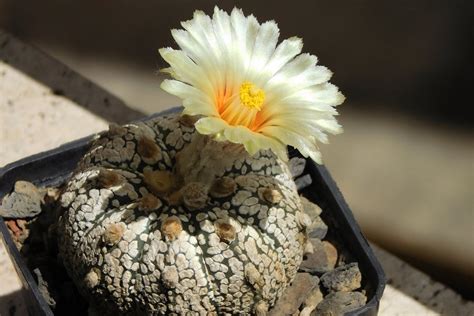
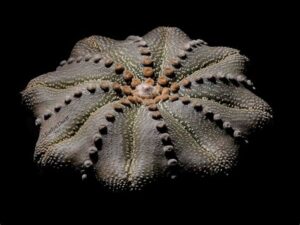
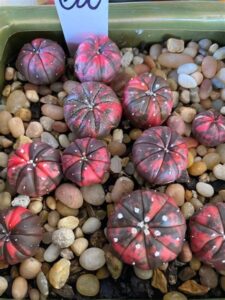
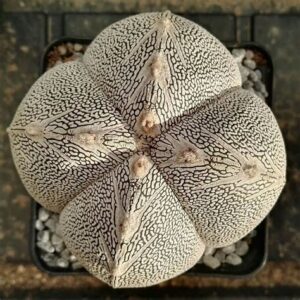
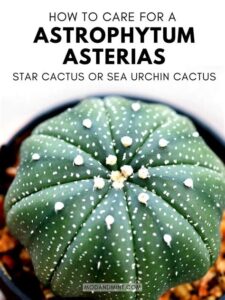
Leave a Comment